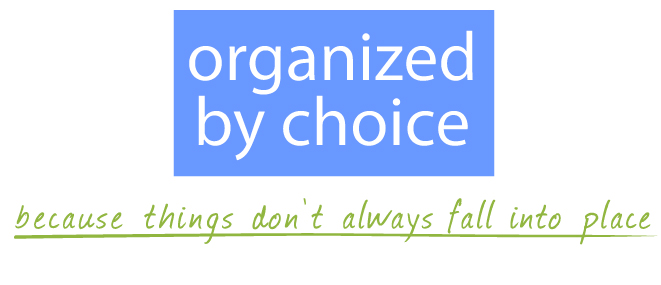Have you caught the wave of “tidying up” with Marie Kondo? Five years ago her book, The Life-Changing Magic of Tidying Up, came to the United States and quickly became a best-seller. Marie and her family relocated from Japan to the U.S. and last month, Netflix released a series called Tidying Up with Marie Kondo. It’s exciting to see a new wave of enthusiasm for getting organized, or what Marie calls tidying up.
She’s very entertaining to watch as she interacts with people and their things. You can’t help but fall in love with her sweet smile and gentle spirit. As an organizer I love seeing and hearing about the after effect of people’s tidying up.
Marie and I agree on the foundation of tidying up, or what I call organizing. The basics involve one mind-set and two actions:
Mindset: “Tidying is just a tool, not the final destination.”
Action #1 – “Deciding whether or not to dispose of something.”
Action #2 – “Deciding where to put it.”
This time we'll cover the Mindset and Action #1. There’s a third essential action that we'll cover, along with Action #2, next time.
Timely Tips - from KonMari and Me
MINDSET – The Final Destination
Marie says to envision the goal, and why it’s important to you. This is the first step to create the mindset for change. I would add that identifying what you value most in life, guides and fuels the process of recognizing the belongings that support those values. Being concrete about the benefits you’ll receive helps keep that mindset going when the going gets tough.
ACTION #1 – Purging
KonMari Method: Purge by category, not by location. Pile everything from one category, from all parts of the house in one spot on the floor or bed (all your clothes, all your books, all your papers, etc.) Benefits:
You see how much of one thing you have—books, clothes, shoes, papers, etc.
You won’t finish organizing an area and then discover more of the same thing elsewhere.
OBC (Organized By Choice) method: There's value in both category and location purging. The other day a client was talking about watching Tidying Up with Marie Kondo. Her response, “If I piled up all my clothes on the bed, I wouldn’t sleep there for six months!” For some, it’s motivating to put it all out there. For others, it’s paralyzing. With this client, I started small and by location. We organized the laundry room first. This enabled her to see an immediate change and she was motivated to continue to other places in the house. With another client we pulled out every pair of shoes she had in the house and laid them out across the living room floor. Sorting by category worked well in this case. She was able to easily see what she had too much of and choose those she needs, uses, and loves.
KonMari Method: Hold each item to determine if it “sparks joy.” Kondo says, “We should be choosing what we want to keep, not what we want to get rid of.”
OBC method: Use the same positive approach, choosing what to keep but ask, “Do I need, use, or love it?” People have joked about getting rid of their bills, broccoli, and even husband because he didn’t “spark joy.” There are things like divorce papers that need to be kept despite how you feel about them. There are things like compression socks that you use, but there’s no “zing!” when you hold them. Keeping things you love, distinguishes between things you feel a little sentimental about or obliged to keep, and things that are truly your treasures.
KonMari Method: Thank each item before discarding it. “I began to treat my belongings as if they were alive when I was a high school student,” says Marie. “By acknowledging their contribution and letting them go with gratitude, you will be able to truly put the things you own, and your life, in order.”
OBC Method: Consider the value your belongings have, or had at one time. Like Marie says, it’s easier to let things go when you determine that they have completed their usefulness in your life. I think it's possible to do that without personifying our belongings. I wouldn’t tell a client not to thank their things, but I also wouldn’t suggest it. Many of Marie’s practices have religious undertones that I’ll share more about next time.
I am truly thankful that Marie’s book and show are igniting both conversation and action in the realm of organizing. She’s helping people acknowledge the need and providing hope for change. It’s good to keep in mind, however, that some of her methods are more practical for the average home in Japan, which is almost half the size of the average U.S. home. So, if you try her style and get stuck, don’t give up! There’s more than one way to achieve your goal. I’ll have more in "Thanks Marie Kondo" (Part 2) next time.

